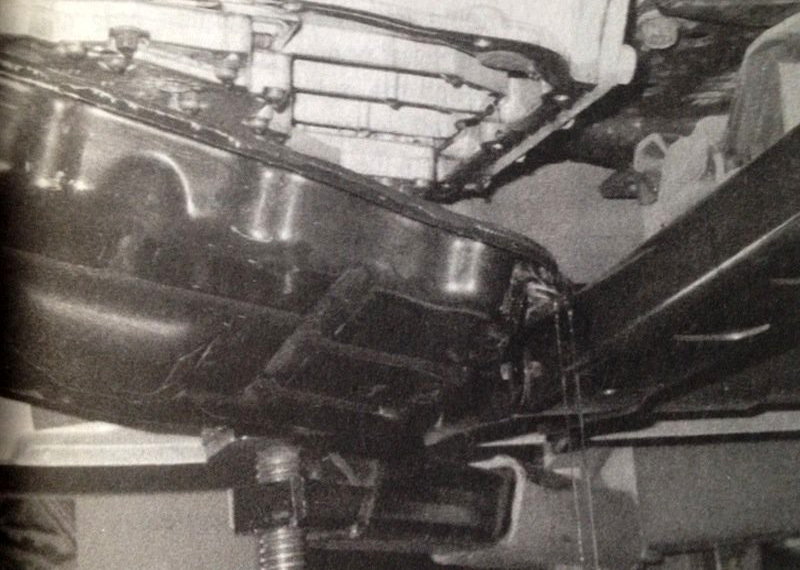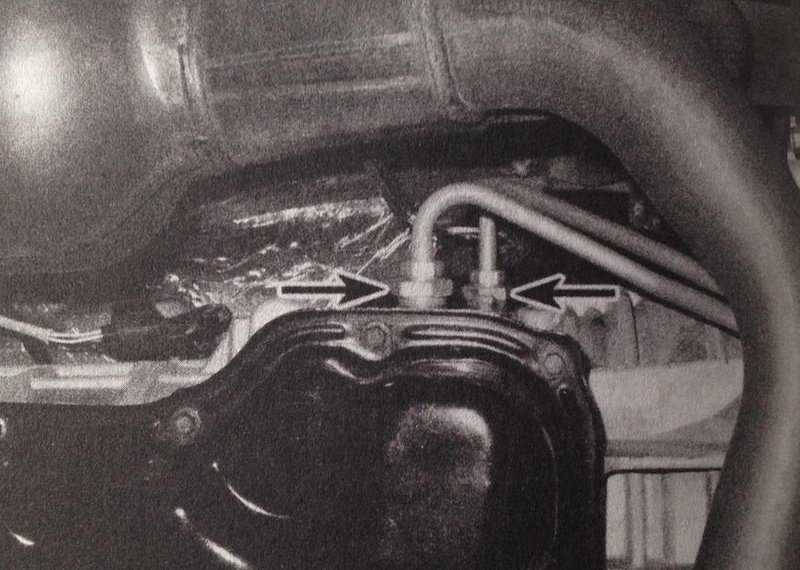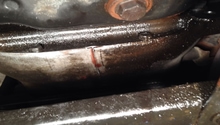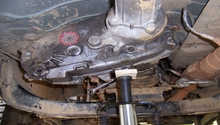Dodge Ram 2009-Present: Transmission Diagnostic Guide
Transmissions can be a puzzle to diagnose in the Dodge Ram, so here are some ideas to keep you from losing your mind. Whether your transmission is stuck or slipping, here's how to approach the issue.
This article applies to the Dodge Ram 1500 (2009-Present).
Transmission problems are probably one of the most frustrating issues to have with your Dodge Ram. The fact that most transmissions are now controlled with complex electronics adds to the hair pulling; not to mention the fact that no transmission fix is ever cheap. However, there are a few things that you can check before you have to go get handed a nice, lengthy bill at a transmission shop. So if you're having some transmission issues, read through some of these suggestions and perform the correct actions. Having an idea of what could be wrong with your transmission can give you an advantage at the repair shop.

Materials Needed
- Flashlight
- Flat head screwdriver
- Shop rags
- Funnel
Step 1 – Transmission quirks
Your transmission is slipping, making shifting noises or having trouble engaging forward or reverse.
Out of all the transmission issues that there could possibly be, this is probably the most common one. With that being said, it is also the one issue with the most probable causes, and the only thing the home mechanic can truly check is the fluid level. Any of the other causes will have to be checked by a dealership or a transmission shop. The good thing is if you find a low fluid level quick enough, it can keep the transmission from burning up, causing you more money. So first thing you will want to do is check the fluid level. If that checks out, be sure to check the fluid color. If it's too dark, perform a fluid replacement. If you still have the issue after that, you're more than likely going to have to take it to a professional.

Pro Tip
Automatic transmission fluid and filter should be changed every 90,000 miles in these trucks, or every 60,000 if you subject your truck to extreme conditions such as towing or off-road use.
If the problem is not being experienced in this capacity, continue to Step 2.
Step 2 – General shift mechanism problems
If your shift mechanism is not adjusted properly, it can cause shifting issues or cause the transmission to be in a gear that it shouldn't be in.
Common problems from a shifter that needs adjustment are:
- Engine starting in gears other than Park or Neutral.
- Indicator on shifter pointing to a gear other than the one actually being selected.
- Vehicle moves when in Park.
You can check the shifter cable to see if it needs adjustment by performing this check:
- Firmly apply parking brake.
- Try to momentarily operate the starter in each shift lever position. The starter should only operate in the Park or Neutral positions.
- If the starter operates in any other position, adjust the cable.
- If after the adjustment the starter still operates in any other position than Park or Neutral, the transmission range sensor is defective.

If the shifter cable is well, go ahead to Step 3.
Step 3 – Fluid leakage
You could be facing a transmission leak.
If your transmission happens to keep running low on fluid and you don't know why, you might have a fluid leak. Transmission fluid is a deep red color. Be careful not to confuse a transmission leaks with an engine oil leak, as an engine oil leak can easily be blown back to the transmission by air.
To pinpoint a leak, the first thing you will want to do is thoroughly clean off the transmission of any dirt or grime. Then drive around at low speeds so that the airflow doesn't cause the possible leak to travel.
Common areas of leaking are:
- Pan: Tighten the mounting bolts and/or replace the gasket.
- Filler pipe: Replace the rubber seal where the pipe goes into the transmission.
- Transmission oil lines: Tighten the connectors where the lines goes into the transmission, or replace the lines with new ones.
- Vent pipe: Overfilled transmission or water in transmission fluid.
- Speedometer connector: Replace O-ring where speedometer sensor enters the transmission case.

Figure 3. Transmission pan gasket. 
Figure 4. Transmission oil lines.
Related Discussions
- Stuck in 4th Gear - DodgeForum.com
- Dodge Ram Transmission Issue - DodgeForum.com
- Dodge Ram Transmission MDS Problems - DodgeForum.com






